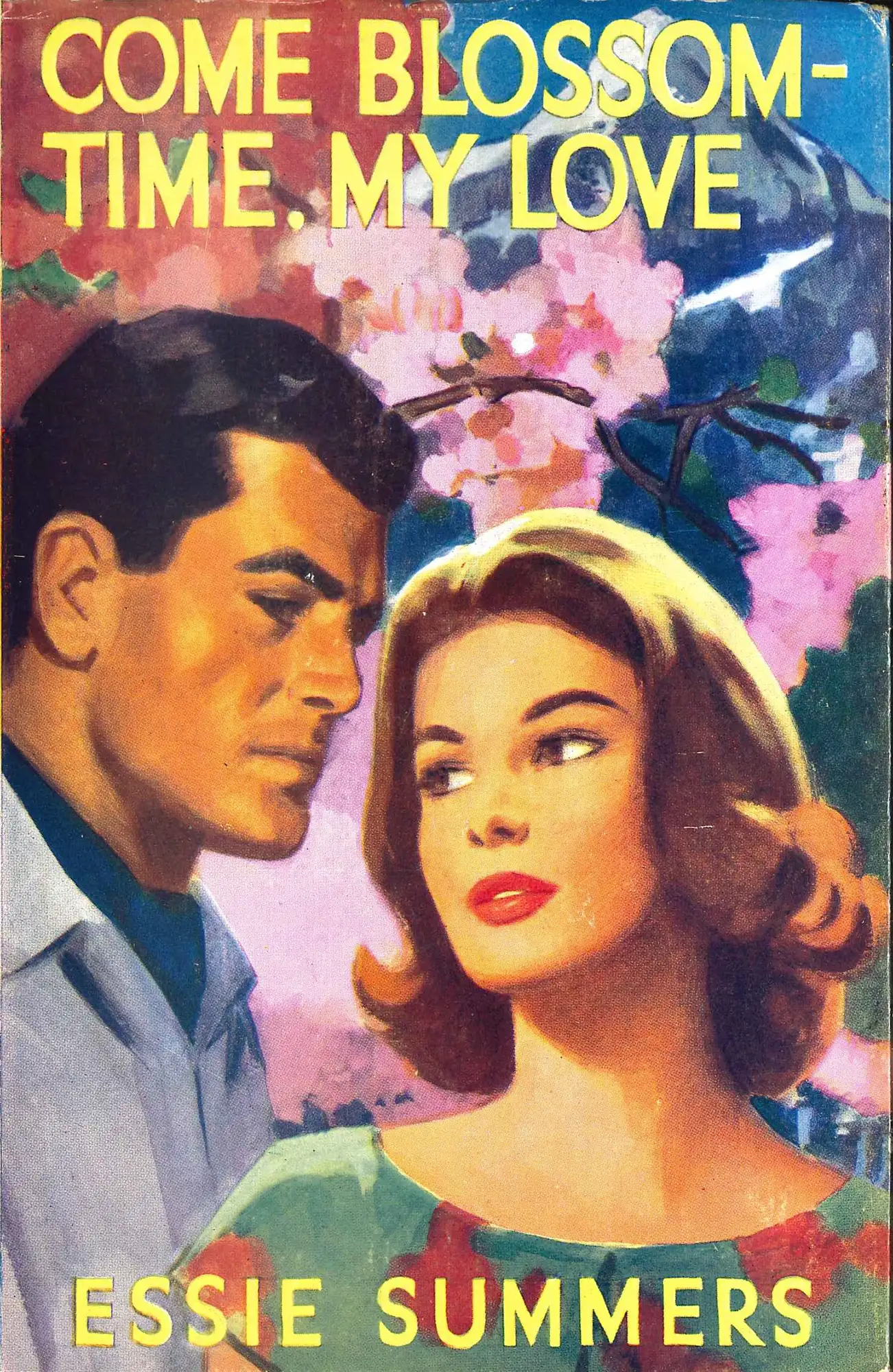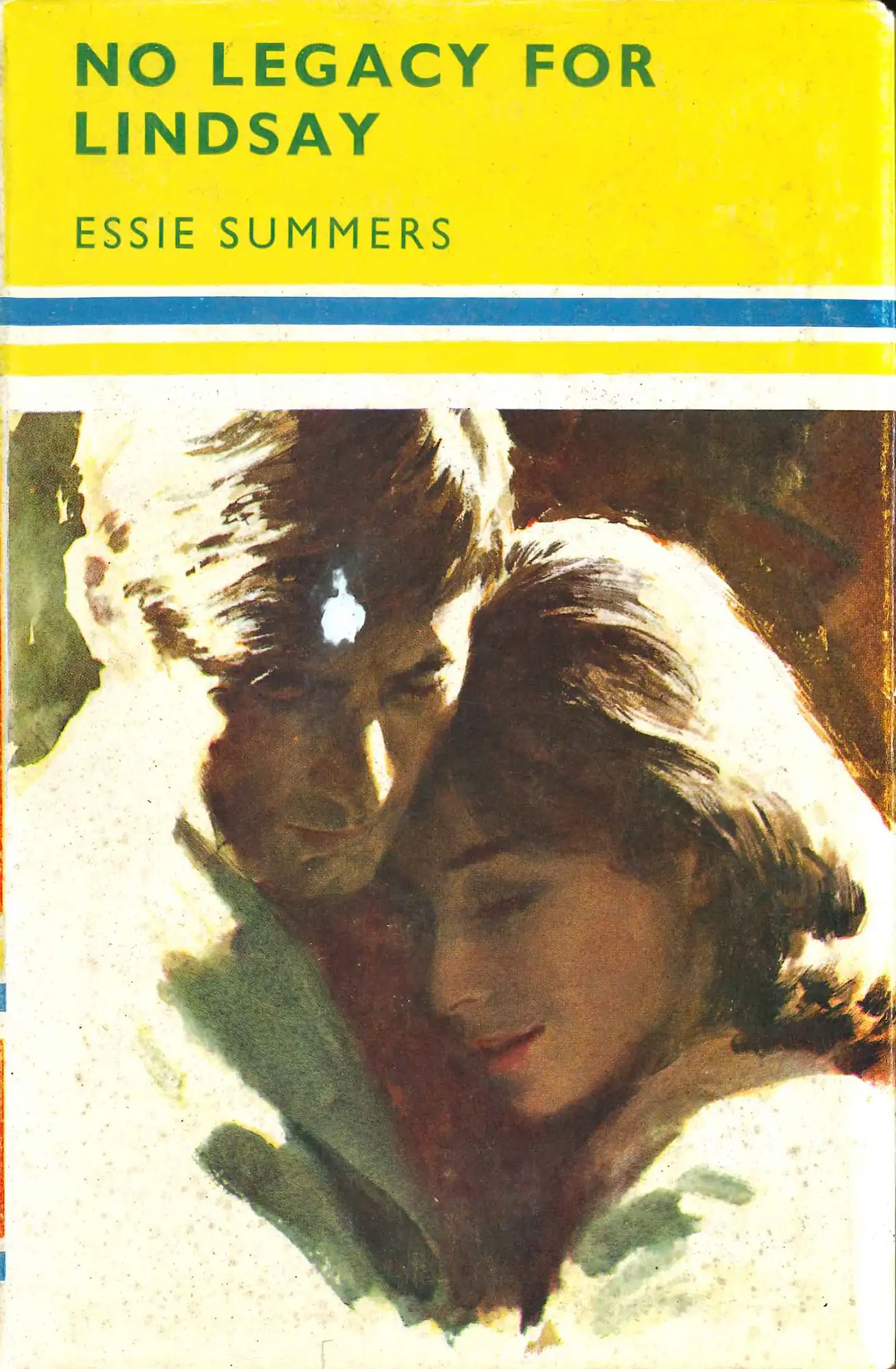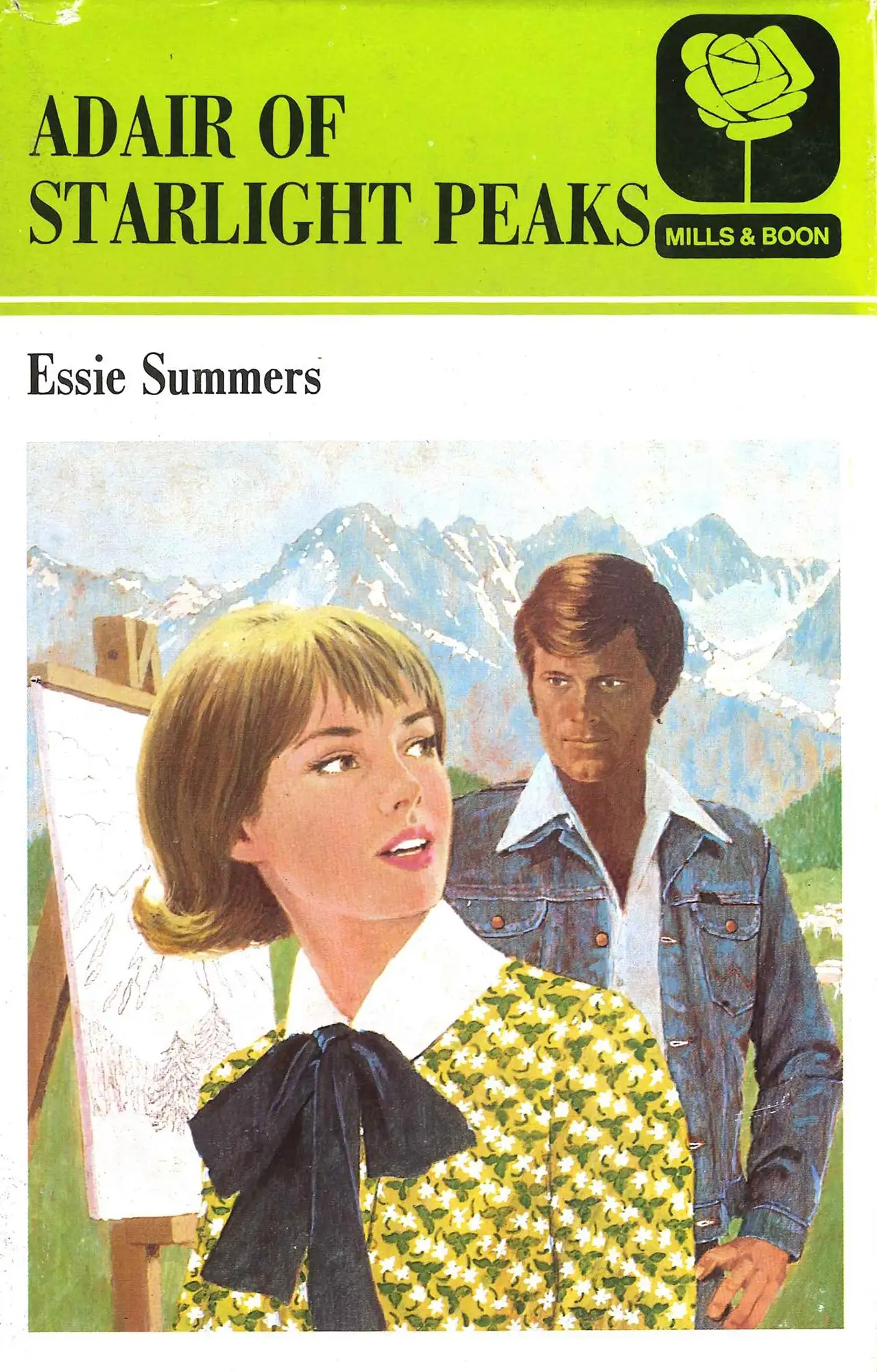Case 4
- Novels, Central Otago 1

Essie Summers. Come Blossom-Time, My Love. London: Mills & Boon, 1961.
When the opportunity arose, the writer with her family explored Central Otago and its vistas. Summers learned much about the area's rich gold mining heritage. Come Blossom-time, My Love is set in the fruit-growing region near Roxburgh, where a wide variety of produce comes from the orchards and farms of the Teviot Valley, and the Clutha (Mata-au) River rushes through the landscape.

Essie Summers. No Legacy for Lindsay. London: Mills & Boon, 1965.
Lindsay Macrae, the eponymous heroine of No Legacy for Lindsay is accused of gold-digging of another kind in the majestic hills of the region. Further south near Athol, Jane Grey (Adair of Starlight Peaks) explores family connections amid mountains where farming has continued long after the gold rush. Summers' fascination with the Central Otago environment of extremes pervades these tales of past struggles and family conflicts.

Essie Summers. Adair of Starlight Peaks. London: Mills & Boon, 1977.


